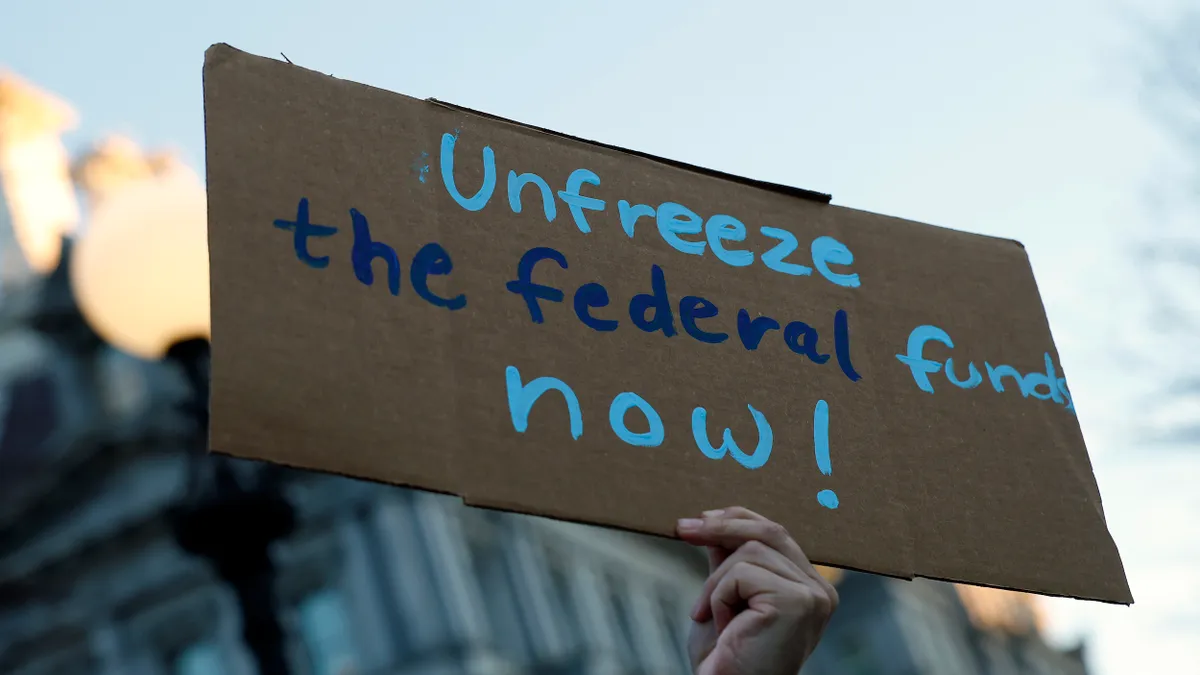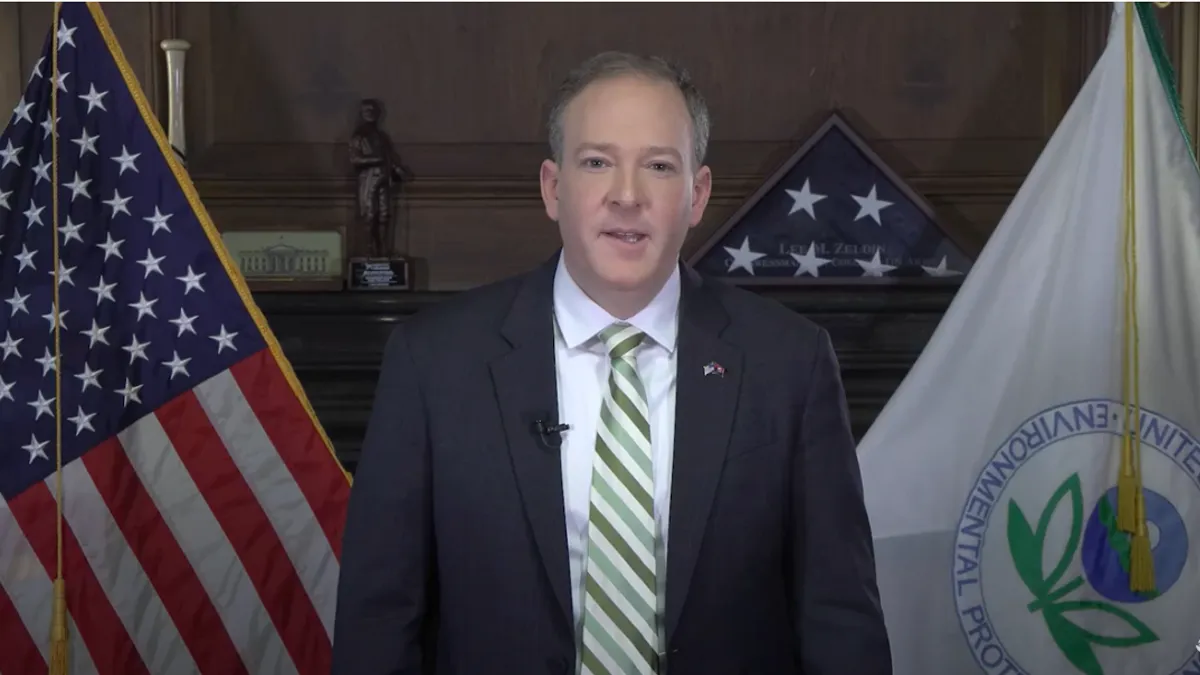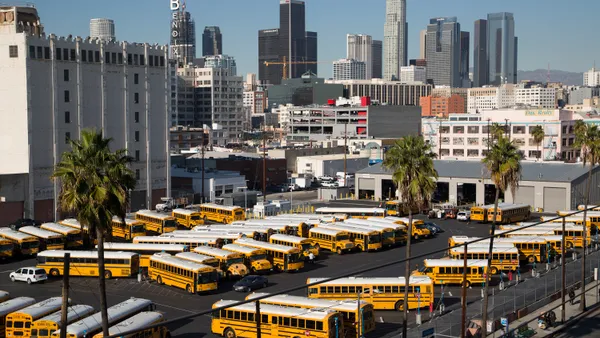Editor's Note: The following is a guest post from Kenneth Prewitt, Carnegie Professor of Public Affairs at Columbia University's School of International and Public Affairs. Prewitt was director of the United States Census Bureau from 1998 to 2001.
Census worries have a long, distinguished history. In 1790, after the first census, President George Washington was presented with a count of 3.9 million. He insisted this was a mistake; that there was an undercount caused by poor performing enumerators and people dodging the census.
He had a compelling reason to fuss. A country thought not to be growing would tempt the English to return its troops and reestablish the colonies.
Thomas Jefferson made some estimates of missing households. The "corrected" count exceeded 4 million, and Washington instructed America’s diplomats to spread that message. We’ll never know if the extra 200,000 saved the nation, but we do know that census counts have mattered 23 times since 1790.
Worries have shifted from decade to decade because operations had to keep pace with population changes in size, distribution, characteristics and, of course, urbanization. New operational efforts are always in demand: If it was federal marshals on horseback in 1790, then it was a Super Bowl ad in 2000, and now the internet in 2020.
Given its enormous challenge – count everyone once (no undercount), only once (no duplicates) and in the right place (no location errors) – the U.S. Census Bureau has an impressive operational track record. After all, census takers have decades of practice in quickly replacing Plan A problems with Plan B fixes.
More than Plan B fixes are available. In 2000, the Bureau, for the first time, had a budget to scale public mobilization (then labeled "partnerships") and to mount a paid, professional media campaign. These innovations were repeated and extended in 2010. The current census promises even more.
As I write, there are 10,000 state, local and tribal Complete Count Committees and 300,000 cooperating civic and commercial organizations of every sort in place. The census is an extraordinarily difficult task repeatedly realized with innovative operations and technologies, to which in the 21st century was added a vast outreach and public mobilization campaign.
This history could not have unfolded as it did without two critical features: the general good will of the public and the bipartisan commitment of the nation’s political leadership. Both are shaky today.
It is this, not operations, that should worry you.
The current census is the first in history "announced" via a widely covered, highly contentious U.S. Supreme Court ruling on a specific census question (citizenship status), which left a worrisome trail of anger and mistrust, especially in immigrant households. This is not an operational worry waiting a Plan B fix. It is indicative of the political manipulation of census numbers that has reached unprecedented levels, most clearly in gerrymandering census counts such that a 50/50 political party split is converted to a 60/40 partisan advantage.
Indeed, there is whispered concern that apportionment itself could be gerrymandered. This seems preposterous, but then many things happening in this political season once seemed preposterous. A census turned into a political weapon erases widespread public good will and makes a mockery of the pledge of a shared, bipartisan commitment to citizen excellence.
Whether the mobilization emphasized above can prevail over the polarization of 2020 is, at this stage, a worrying unknown.
However, let us assume that it can, and that our traditional nonpartisan, scientific census is immune from this nasty political moment in our history. We could not then declare victory. A new threat lurks: a fearmongering and/or hate-infested social media campaign targeted on the census.
It is too early to assess how big the threat is and whether it will be easily derailed. But we do know it is being prepared in dark corners — messaging targeting frightened immigrant groups with, "You don’t belong in America, go back where you came from," or "Beware of the promise of census privacy," or "Put a protective mask on before opening your door to a stranger."
This is all murky at this stage, as is the motivation behind it. Perhaps domestic political motivations, perhaps foreign sources eager to undermine social and economic statistics, perhaps kids having fun.
Social media firms are under pressure to design detection systems and build defensive strategies. But as we know, their bottom line as well as ideas about free speech move in a different direction, leaving their amplification power intact.
Experts in the Census Bureau and in a few key nonprofit centers of data science are paying close attention to the threat. They also are focused on the possibility of systematic disinformation efforts to confuse the public about the why and how of the decennial census. For instance, messaging on April 2 or April 3 to this effect: "It is the law that you have to return your census information by April 1, Census Day."
There is not much local media around, committed to journalistic standards (largely absent in social media), which can correct this calculated misinformation. We have reason to worry.
Smart cities need not hear from me that being smart about the census matters. You know that $1.6 trillion of federal funds are at stake. You understand the difficulties of finding and persuading the hard to count, some of whom, with good reason, seek the protection of invisibility.
What can I add? The unwelcome word that it is going to be tougher than 2000 or 2010 was. New cooperation strategies are in order. Obviously engage and promote the various mobilization efforts. Perhaps put in place multiple city communication links that can quickly share signs of disinformation.
Cities that are politically polarized have the additional task of building firewalls between electioneering and census taking. If these are confused, suggesting to a confused public that the census differentially hurts or helps a given political party, erosion of public trust will result, as will a correspondingly low-turnout. Of course a low-turnout census is an oxymoron, in fact, no longer a census in any meaningful sense.
We are counting on smart cities to be smart about 2020 challenges — not just the familiar challenges, but also the newest ones.



















